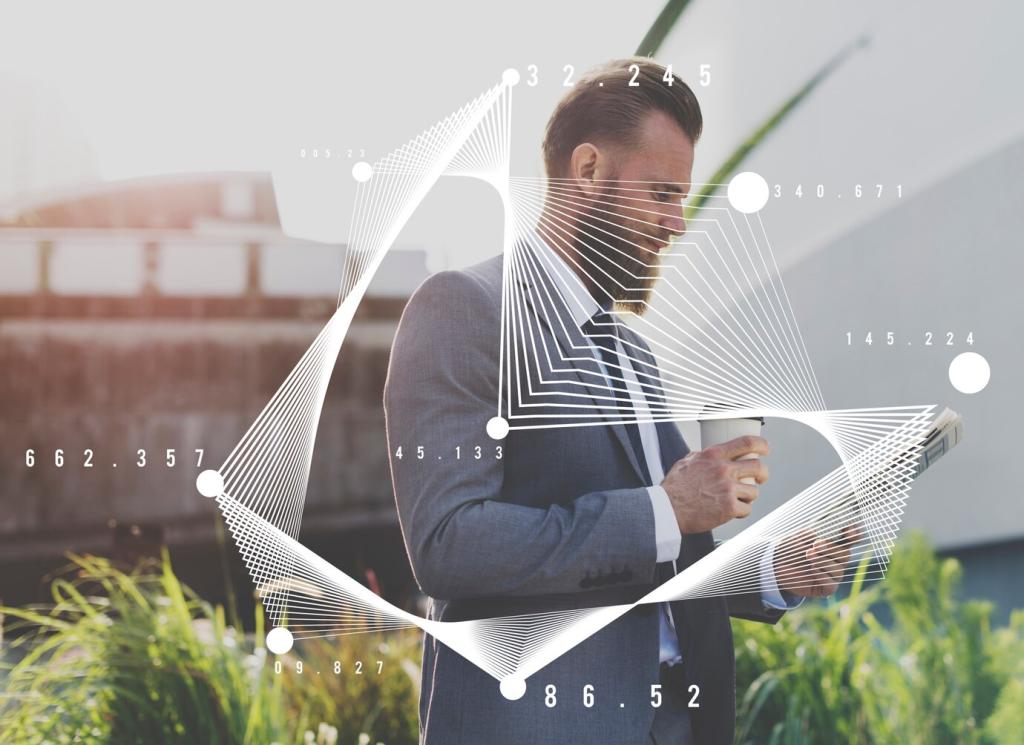Climate Action with Code
Earth observation imagery detects deforestation, while low-cost sensors monitor neighborhood air quality in real time. Publishing results as open datasets empowers students, journalists, and activists to verify claims, spot trends, and propose alternatives that are grounded in shared evidence.
Climate Action with Code
Machine learning models flag flood likelihoods hours earlier by combining rainfall radar, soil moisture, and river levels. When warnings arrive through radio, WhatsApp, and community leaders simultaneously, families actually evacuate, shelters prepare, and emergency teams avoid dangerous last-minute improvisation.







